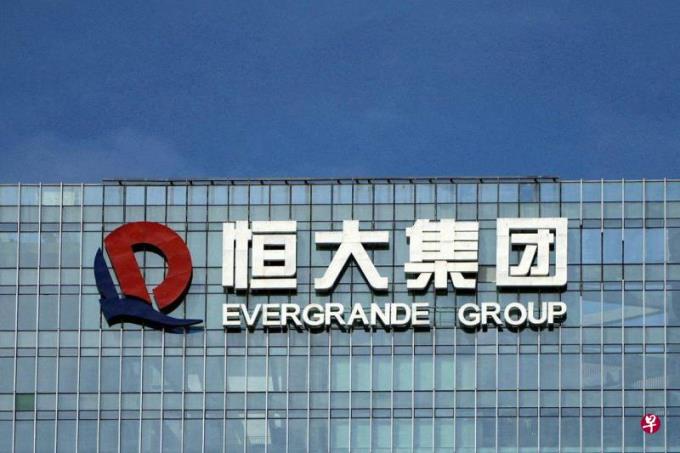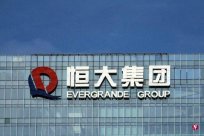
(Hong Kong Comprehensive News) Evergrande Group, a Chinese housing company giant in debt mud, suspended for 17 months and officially resumed trading on the Hong Kong Stock Exchange.Shortly after the opening, the group's stock price fell more than 80%.
Comprehensive Agence France -Presse and Bloomberg reported that Evergrande's stock price plummeted 87%in the early trading in the early trading of Monday (August 28), and the market value exceeded the peak of more than 50 billion US dollars (about S $ 67.854 billion) in 2017.Fall to about $ 590 million in lunch.
Evergrande, one of China's largest real estate developers, had debt defaults in 2021. As of the end of last year, its total loan was as high as RMB 243.7 trillion (about S $ 460 billion).
Evergrande Sunday (August 27) announced that as of June 30, the new loss of 33 billion yuan in the first half of this year was 33 billion yuan, which was improved from 66.4 billion yuan in the same period last year.However, cash assets fell from US $ 2 billion last year to $ 556 million, reflecting the decrease in liquidity.
In March 2022, after Evergrande failed to announce its financial results in 2021, the Hong Kong Exchange suspended its stock transaction.According to the Hong Kong Stock Exchange, if the suspension time reaches 18 months, Evergrande will face the risk of delisting.
Evergrande Group issued an announcement last Friday (August 25) that the company has met the six requirements of the resumption, including the disclosure of non -announced performance, and applied to the Hong Kong Stock Exchange for recoverySale company shares.
Evergrande was scheduled to be held on Monday (28th) on the creditors' meeting on offshore debt restructuring and was postponed to September 25th to 26th.
In terms of offshore debt restructuring, an option provided by Evergrande to the creditor is to convert the debt to Evergrande's new bills and these two subsidiaries, that is, Evergrande New Energy Vehicle and Evergrande property stocks.Essence
In the middle of this month, Evergrande applied for bankruptcy protection in the United States, that is, a measure to protect its US assets during the reorganization period.


